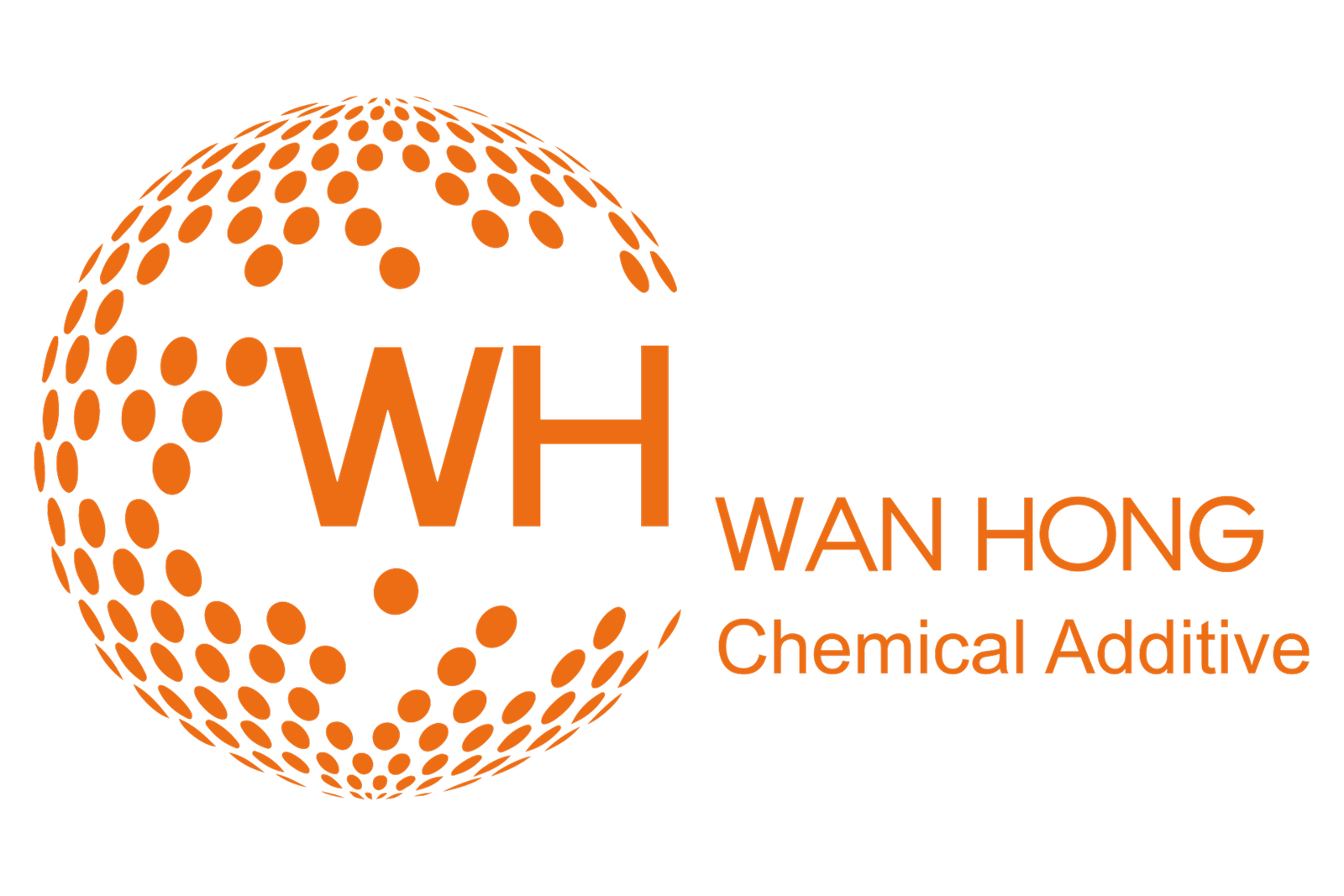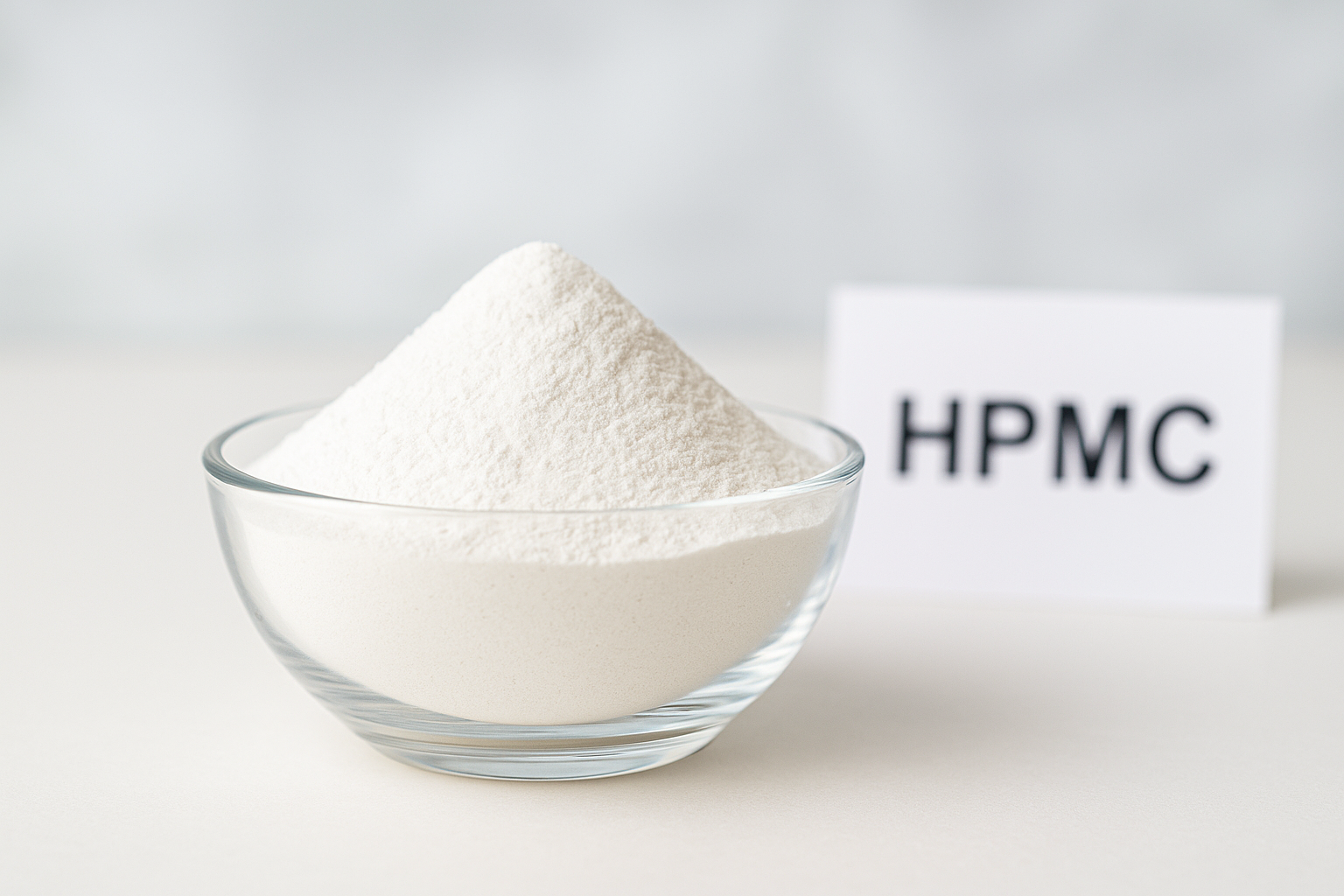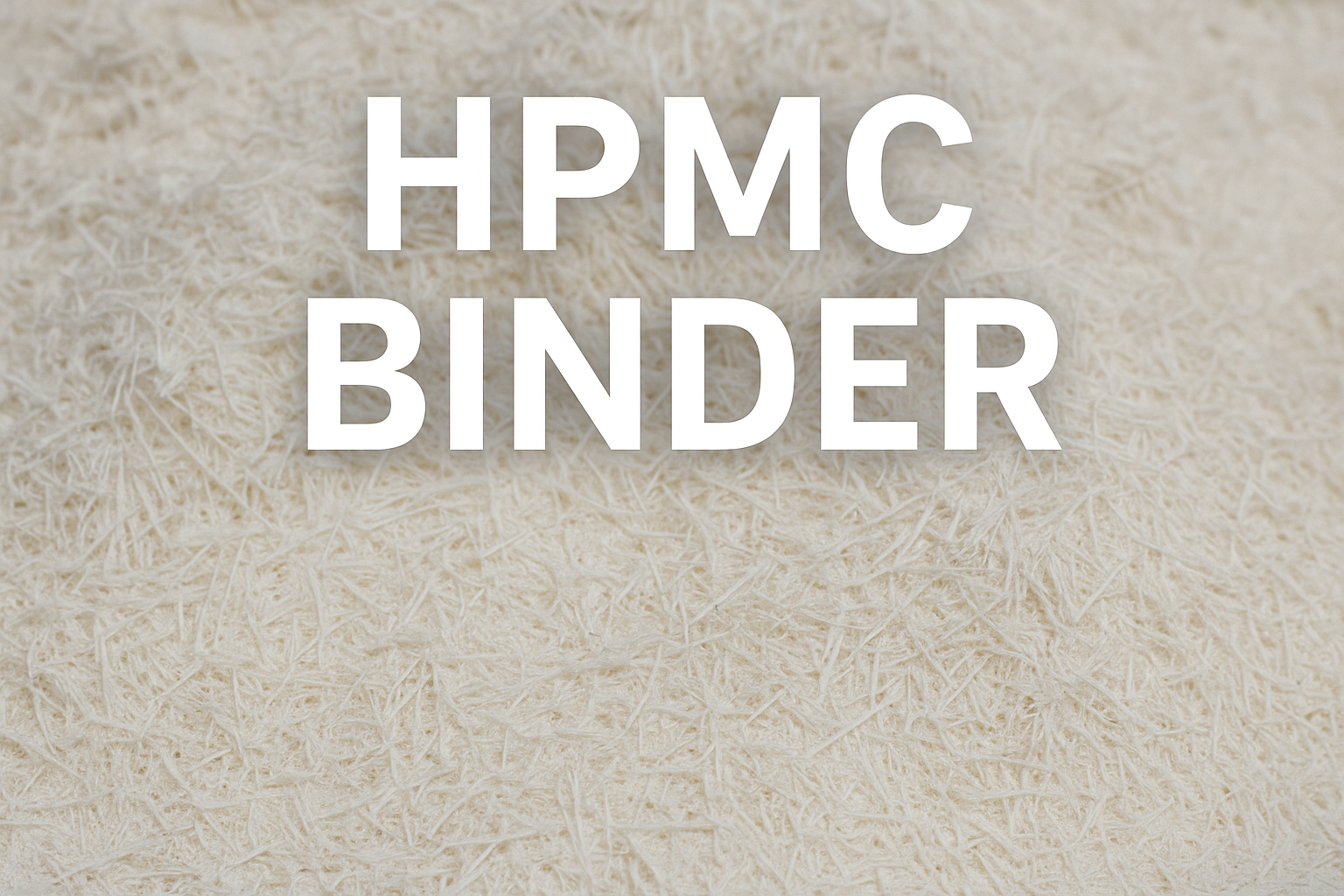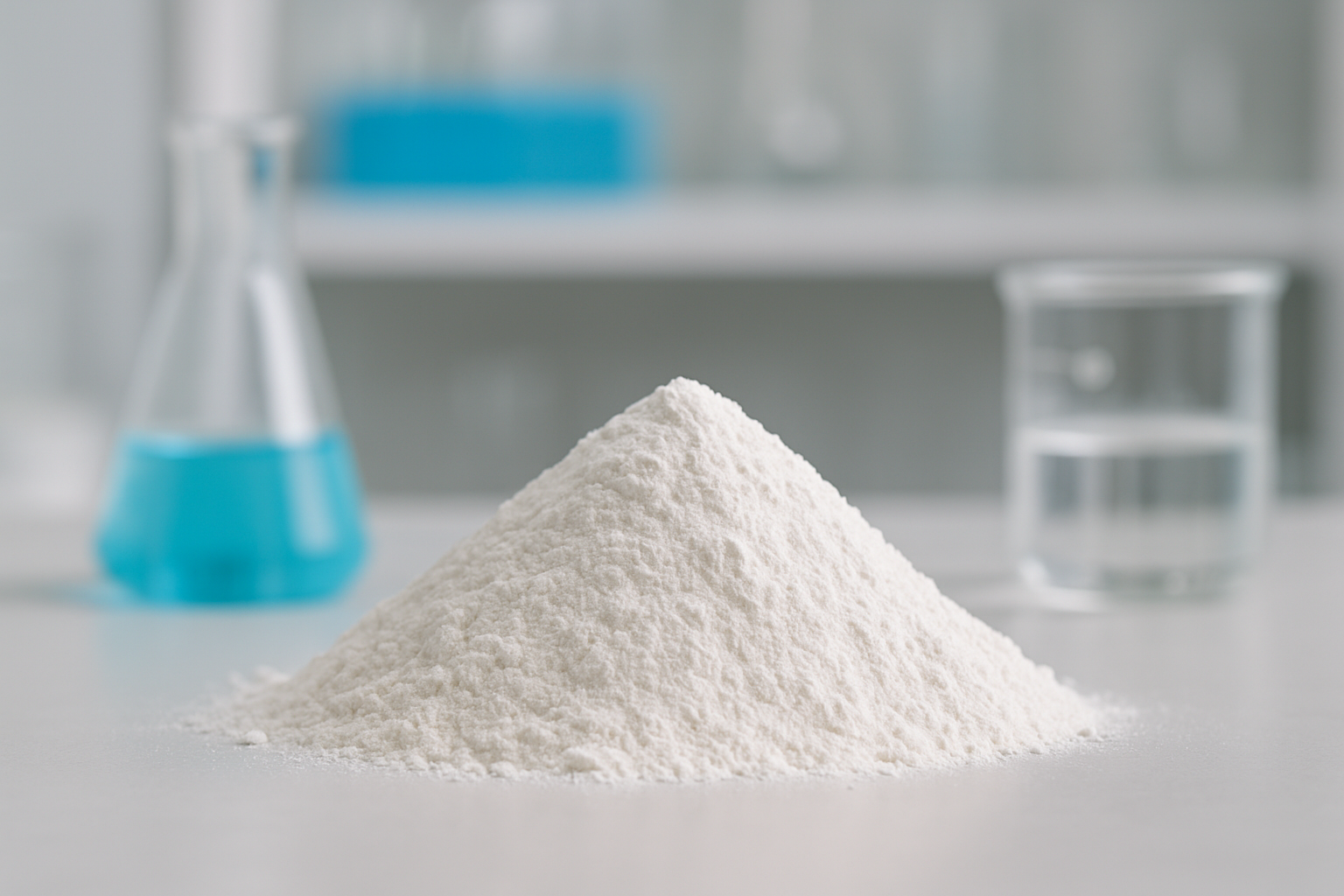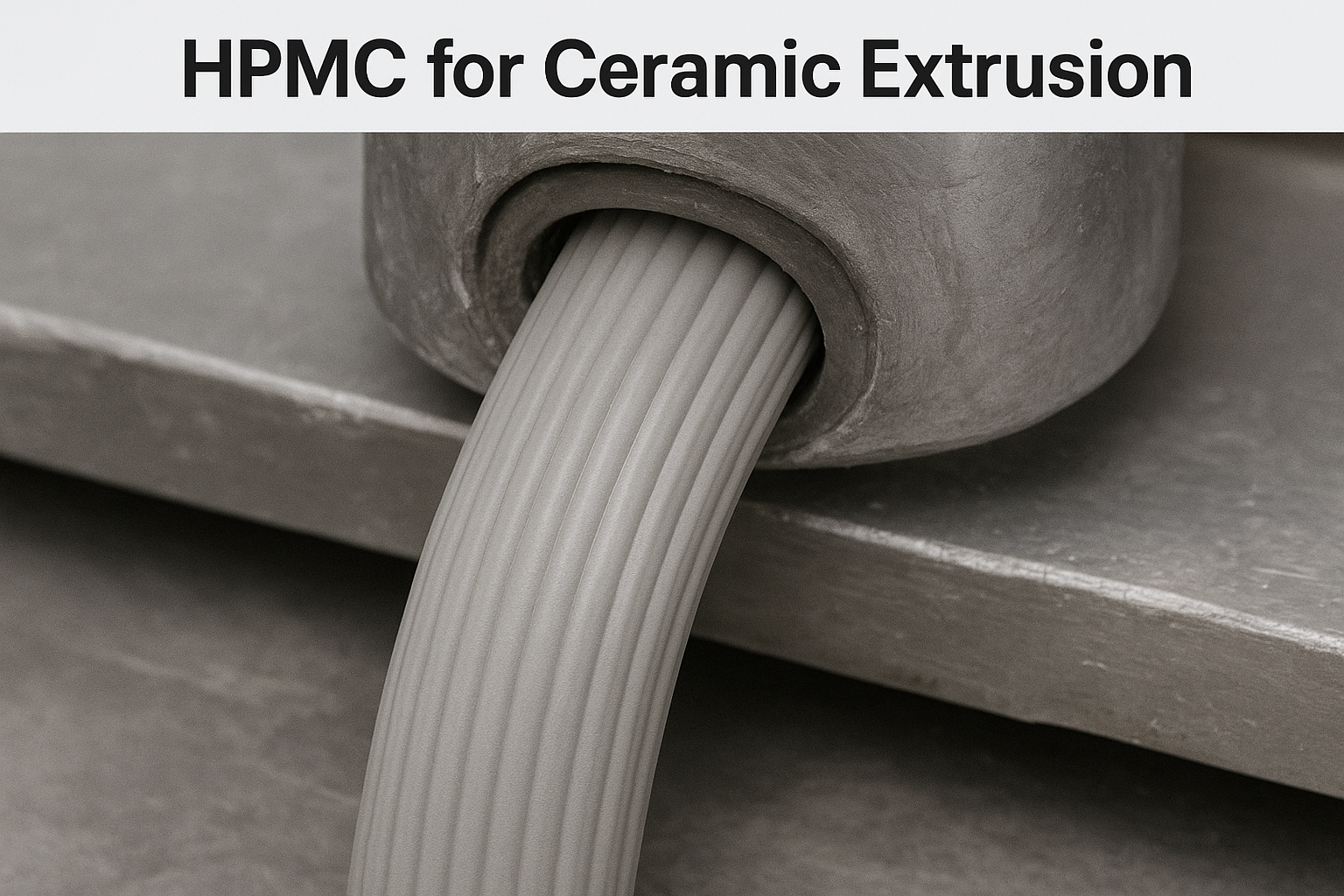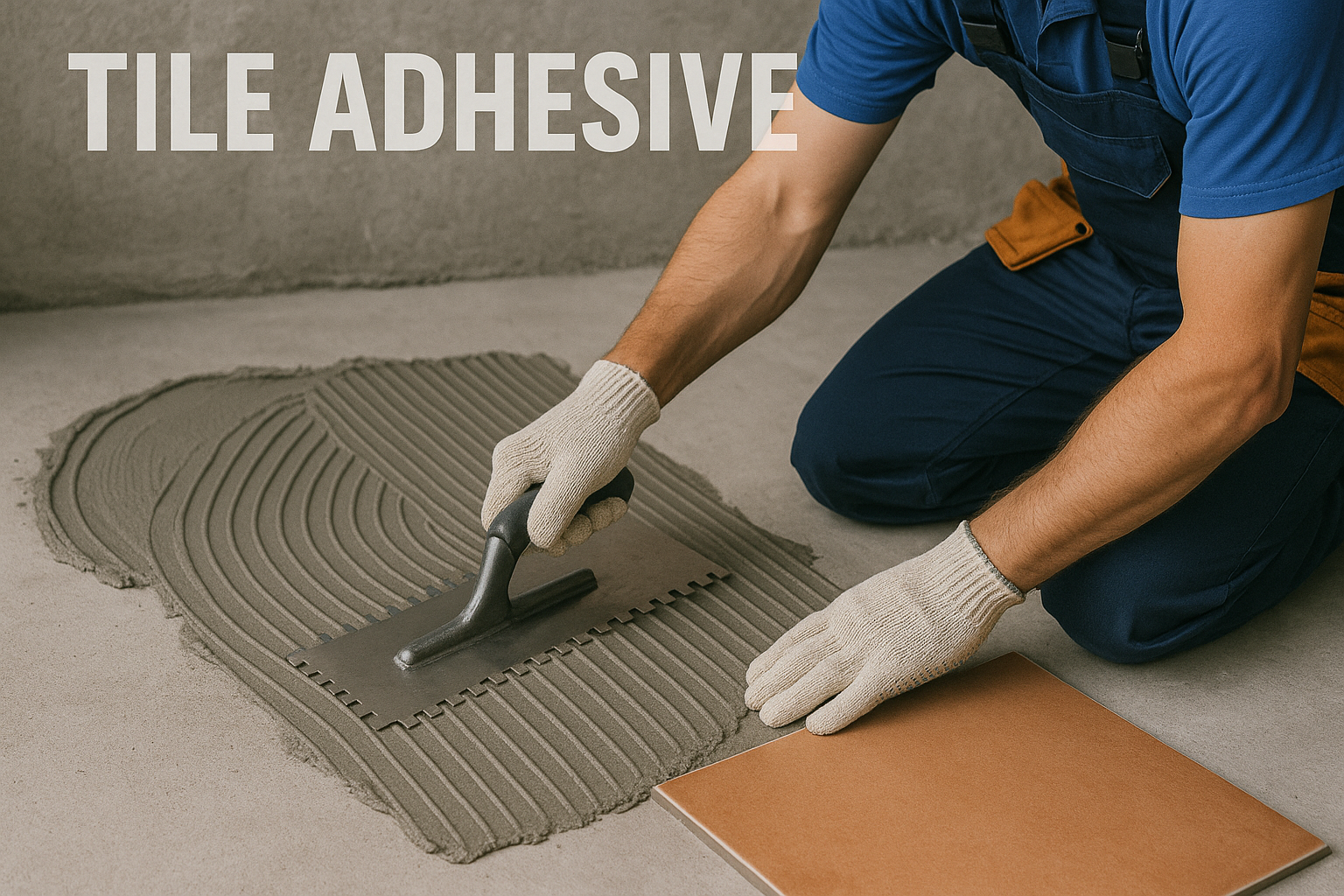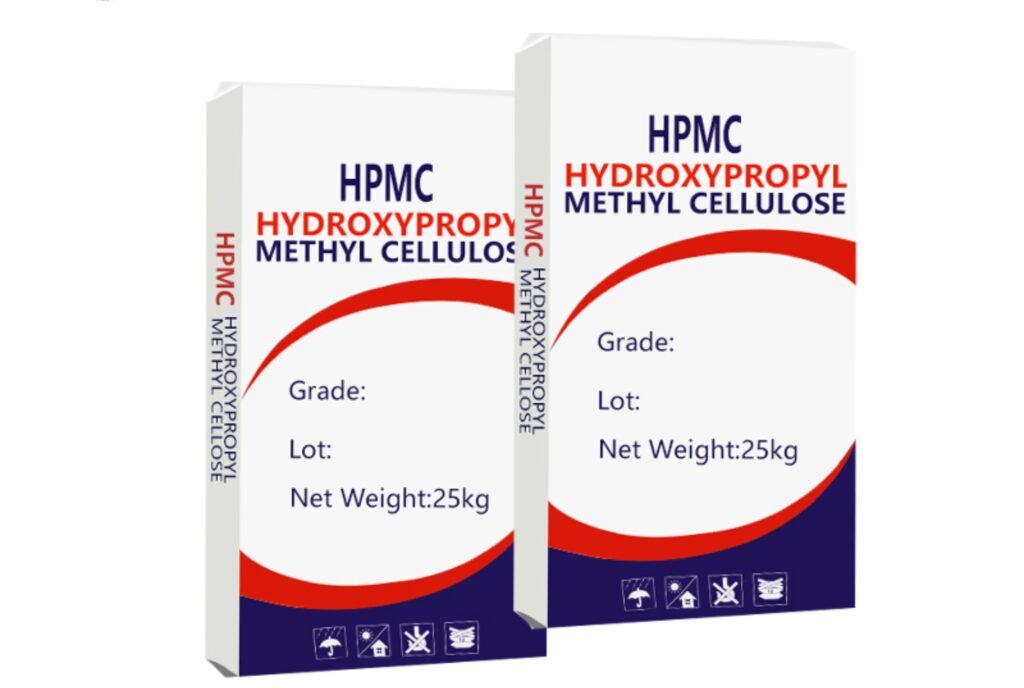Finding reliable hydroxypropyl methylcellulose1 suppliers can be frustrating. Poor quality HPMC ruins your products, wastes money, and damages your reputation. Our factory has helped countless businesses solve these exact problems.
Hydroxypropyl methylcellulose (HPMC) is a modified cellulose polymer used as a thickener, binder, film former, and water retention agent in construction materials. Quality HPMC provides consistent viscosity, excellent workability, and stability across various applications while meeting international safety standards.
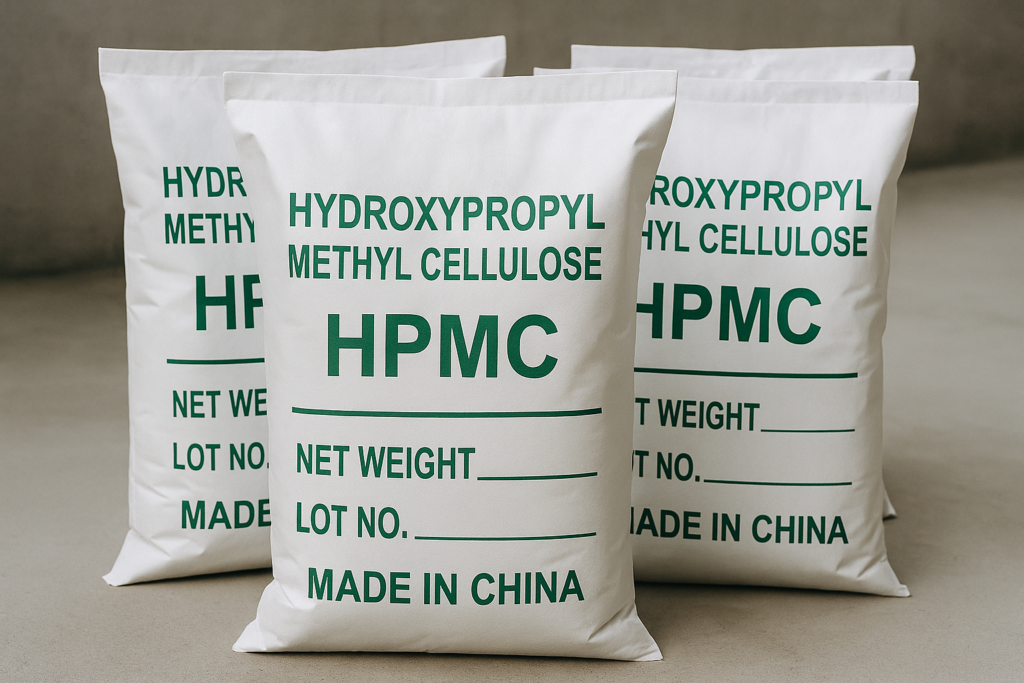
After 15 years of producing premium HPMC for global markets, we've perfected our manufacturing process. Our six production lines create consistent, high-quality hydroxypropyl methylcellulose1 that meets the exact specifications our customers need. Let me show you what makes our HPMC stand out.
HPMC Hydroxypropyl Methylcellulose Product Details: What Makes Our HPMC Superior?
Construction projects fail when HPMC quality is inconsistent. Poor water retention causes cracks, reduced workability creates application problems, and substandard viscosity leads to material failure.
Our HPMC powder features precise viscosity control (from 5,000 to 200,000 mPa·s), excellent water retention (≥70%), and consistent particle size (100 mesh standard). All products undergo rigorous quality testing to ensure performance stability across batches, making them ideal for demanding construction applications.
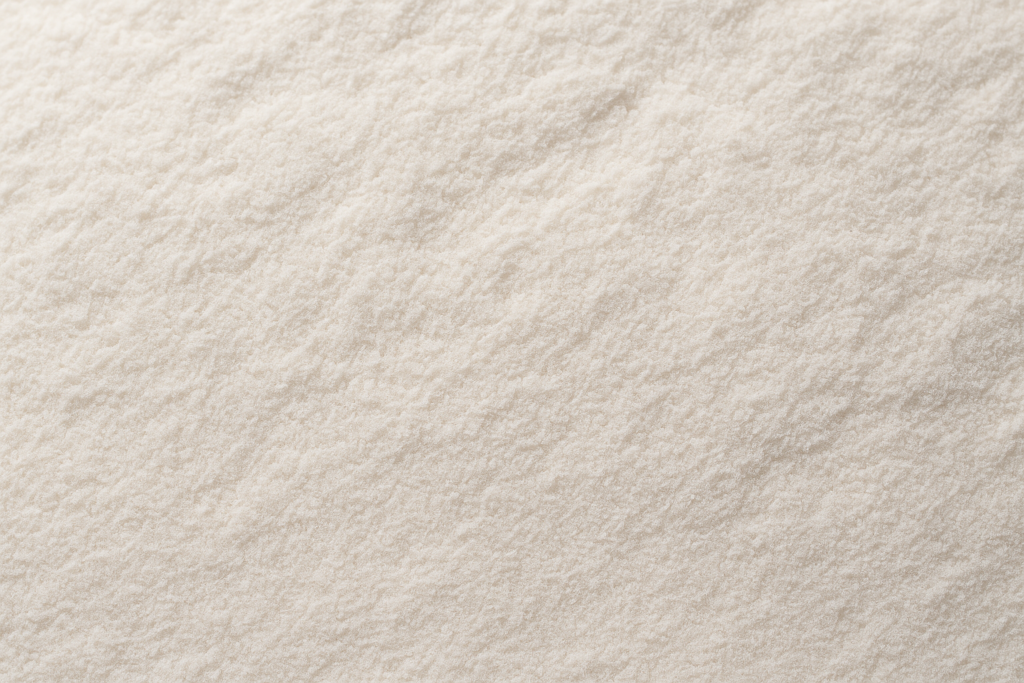
Key Features of Our HPMC Products
Our hydroxypropyl methylcellulose1 stands out in the market for several important reasons. First, we maintain tight control over the manufacturing process to ensure consistency between batches. This is crucial for our customers who need predictable performance in their formulations.
We produce HPMC with various methoxyl and hydroxypropyl substitution levels to meet different application requirements. Our standard products have methoxyl content between 19-30% and hydroxypropyl content between 7-12%, though we can customize these parameters based on your needs.
| Property | Specification | Benefit |
|---|---|---|
| Viscosity Range | 5,000-200,000 mPa·s | Suitable for various applications |
| Water Retention | ≥70% | Excellent workability and open time |
| Particle Size | 100 mesh standard | Easy dispersion and dissolution |
| Ash Content | ≤5.0% | Minimal impurities |
| pH Value | 6.0-8.0 | Compatible with most formulations |
All our HPMC products comply with international standards including REACH, RoHS, and FDA regulations, ensuring they're safe for use in various applications including those with indirect food contact.
Hydroxypropyl Methylcellulose Specifications: Which Grade Is Right for Your Application?
Choosing the wrong HPMC specification wastes money and time. Too high viscosity makes mixing difficult, too low viscosity reduces effectiveness, and incorrect substitution levels can completely ruin product performance.
We offer HPMC grades with viscosities from 5,000-200,000 mPa·s, methoxyl content of 19-30%, and hydroxypropyl content of 7-12%. Our products come in various mesh sizes (80-200) with water retention ≥70%, making them suitable for tile adhesives2, renders, plasters, paints, and construction materials.
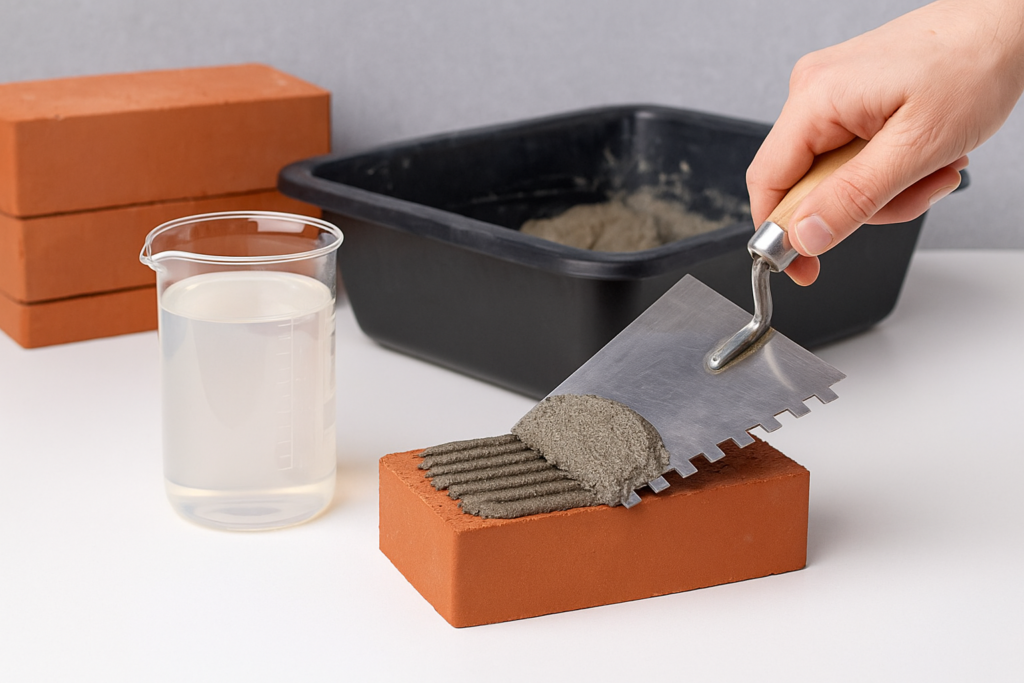
Understanding HPMC Specifications
Selecting the right HPMC specification involves understanding how different properties affect your final product. The viscosity grade is perhaps the most critical factor, as it directly influences workability, water retention, and final product performance.
For tile adhesives, medium viscosity grades (15,000-75,000 mPa·s) typically work best, providing excellent sag resistance and extended open time. Wall putties and renders benefit from higher viscosity grades (80,000-150,000 mPa·s) for better water retention and workability. Low viscosity grades (5,000-10,000 mPa·s) are ideal for self-leveling compounds3 where flow properties are essential.
| Application | Recommended Viscosity | Key Benefits |
|---|---|---|
| Tile Adhesives | 15,000-75,000 mPa·s | Sag resistance, extended open time |
| Wall Putties/Renders | 80,000-150,000 mPa·s | Water retention, workability |
| Self-leveling Compounds | 5,000-10,000 mPa·s | Flow properties, setting time |
| Paints | 20,000-50,000 mPa·s | Stability, thickening, anti-sagging |
I recently worked with a customer in Saudi Arabia who was experiencing inconsistent setting times in their tile adhesive. By adjusting to our 50,000 mPa·s HPMC grade with optimized hydroxypropyl content4, their product achieved consistent performance even in their challenging high-temperature environment.
Benefits of HPMC Powder: How Will It Improve Your Products?
Poor construction materials lead to customer complaints, wasted materials, and damaged reputation. Without the right HPMC, your products will crack, sag, and fail to meet performance expectations.
HPMC powder improves water retention, enhances workability, increases adhesion strength, and extends open time in construction materials. It prevents sagging, reduces cracking, stabilizes viscosity under temperature variations, and ensures consistent performance, ultimately increasing the quality and durability of your final products.
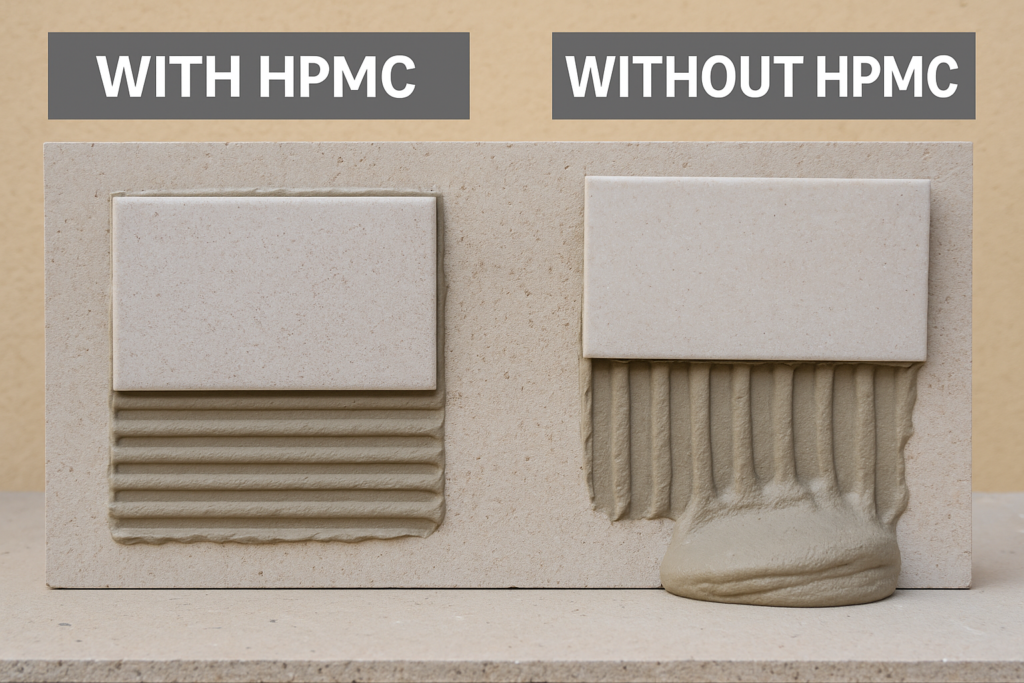
Transformative Benefits for Your Construction Materials
The addition of our hydroxypropyl methylcellulose1 to your formulations delivers multiple performance improvements that directly translate to better products and satisfied customers.
Water retention is perhaps the most significant benefit, as it controls the hydration process in cementitious materials. When water evaporates too quickly from mortar or concrete, proper curing is impossible, leading to reduced strength and durability. Our HPMC creates a water-retaining film that slows evaporation, allowing cement particles to hydrate completely. This produces stronger bonds and minimizes cracking.
The thickening effect improves workability significantly, making your products easier to apply. This saves labor costs and ensures better application quality. Contractors particularly value this property as it reduces fatigue during application and allows for more efficient project completion.
| Benefit | Technical Explanation | Customer Value |
|---|---|---|
| Water Retention | Forms polymer network that holds water | Better curing, stronger final product |
| Workability | Increases lubrication between particles | Easier application, reduced labor |
| Adhesion | Creates polymer bridges between substrate and material | Stronger bonds, fewer failures |
| Anti-sagging | Increases yield stress while maintaining workability | Ability to apply thicker layers |
I've personally witnessed the difference proper HPMC selection makes. A customer in Pakistan was experiencing material sliding down walls during application. After switching to our HPMC with optimized anti-sagging properties, they were able to apply layers twice as thick without any slippage.
Experience the Difference with Our FREE HPMC Sample: Why Test Before You Buy?
Buying HPMC without testing can lead to production disasters. Incompatible grades cause manufacturing issues, wasted material costs thousands of dollars, and production delays damage customer relationships.
We offer free HPMC samples5 so you can verify compatibility with your formulation before ordering. Simply request specific grades, receive 100-200g samples within days, test in your actual production environment, and make an informed purchase decision based on real-world performance in your products.
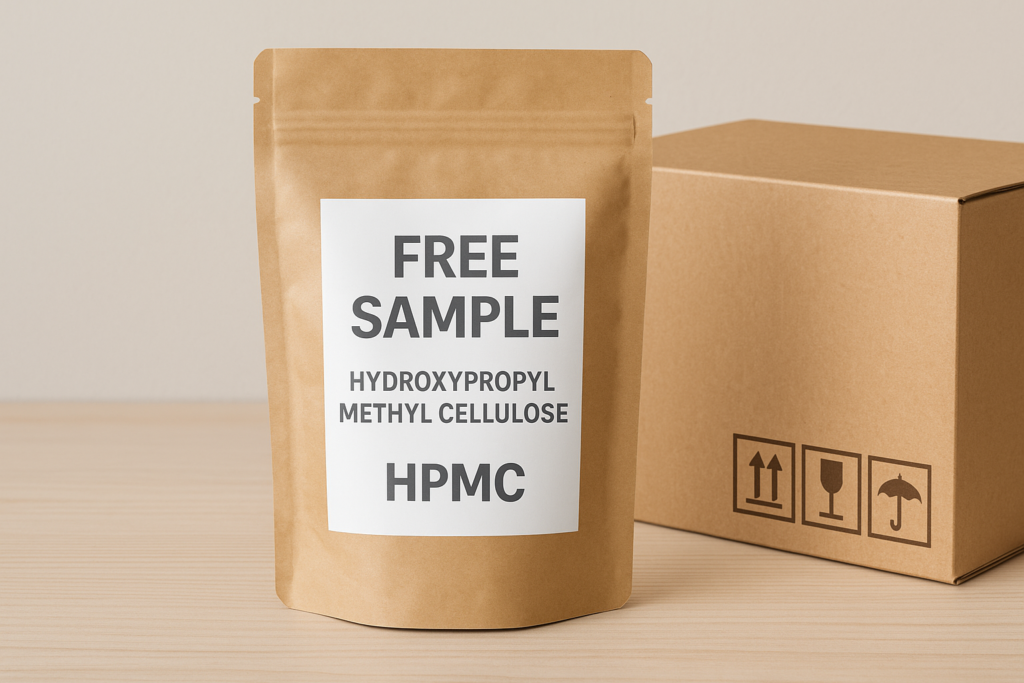
Our No-Risk Sample Program
Our sample program removes the uncertainty from HPMC selection. I understand how costly manufacturing problems can be, which is why we've created a comprehensive sampling process that helps you find the perfect match for your needs.
When you request samples, our technical team will first discuss your application requirements to recommend the most suitable grades. We typically provide 100-200g of each recommended grade, which is sufficient for thorough testing in most applications. If you need larger quantities for pilot production runs, we can arrange that as well.
The samples ship with detailed technical data sheets and application recommendations. Our technical support team remains available throughout your testing phase to answer questions and help interpret results. This collaborative approach ensures you select exactly the right product.
| Sample Program Feature | Details | Benefit |
|---|---|---|
| Sample Size | 100-200g standard (larger available) | Sufficient for complete testing |
| Technical Support | Application specialists available | Expert guidance during testing |
| Multiple Grades | Test several options simultaneously | Compare performance directly |
| No Cost | Free samples and shipping | Risk-free evaluation |
A customer in Brazil recently tested three different viscosity grades before settling on our 100,000 mPa·s HPMC for their exterior render. The testing revealed that while the 75,000 grade was adequate, the 100,000 grade provided superior sag resistance in their specific formulation – something they wouldn't have discovered without proper testing.
Discover More Grades of Hydroxypropyl Methyl Cellulose: Which Version Meets Your Specific Needs?
Using general-purpose HPMC causes performance inconsistencies. Standard grades fail in specialized applications, leading to product returns and reformulation costs that hurt your bottom line.
We manufacture specialized HPMC grades for specific applications: K-grade (5,000-200,000 mPa·s) for construction, E-grade with modified surface properties for dry-mix mortars, and custom grades with adjusted methoxyl/hydroxypropyl ratios for unique performance requirements like enhanced flexibility or faster dissolution.
![Various specialized HPMC grades https://whhpmc.com/china-hydroxypropyl-methyl-cellulose-supplier-is-it-worth-choosing-a-chinese-hpmc-manufacturer/[^6] for different applications Different HPMC grades demonstration](https://whhpmc.com/wp-content/uploads/2025/09/ChatGPT-Image-2025%E5%B9%B410%E6%9C%8810%E6%97%A5-13_49_46-1024x683.png)
Specialized Grades for Every Application
Our extensive product line includes specialty grades developed for specific performance requirements. These specialized products deliver enhanced performance by tailoring the chemistry to your exact needs.
The K-grade series is our workhorse line for construction applications, available in the full viscosity range from 5,000 to 200,000 mPa·s. For applications requiring exceptional open time and water retention, our E-grade features modified surface treatment that creates a more robust water barrier while maintaining excellent workability.
We've also developed specialized products for extreme conditions. Our hot-climate grade incorporates thermal stability enhancers that prevent premature setting in high-temperature environments – a critical feature for customers in the Middle East and South Asia.
| Grade Type | Key Features | Ideal Applications |
|---|---|---|
| K-Grade | Balanced properties, standard methoxyl content | General construction, tile adhesives |
| E-Grade | Surface-treated, enhanced water retention | Premium tile adhesives, exterior renders |
| F-Grade | Fast-dissolving, low gel temperature | Self-leveling compounds, sprayable mortars |
| HC-Grade | Heat-resistant, stabilized for hot climates | Applications in high-temperature regions |
For customers with unique challenges, we offer customized product development. A client in India needed HPMC that would perform in monsoon conditions with extremely high humidity. We developed a special grade with modified hydroxypropyl content that maintained its properties even in these challenging conditions.
Hydroxypropyl Methylcellulose Packaging and Size: How Do We Ensure Safe Delivery?
Improper HPMC packaging causes moisture contamination and material clumping. Damaged packaging during shipping creates product loss, while inadequate protective layers lead to moisture absorption that ruins entire batches.
Our HPMC comes in moisture-proof, multi-layer packaging: inner PE bag, middle valve bag, and outer woven polypropylene bag. Standard sizes include 25kg bags (±0.2kg tolerance) with palletized options. We also offer customized packaging with your branding, smaller 1kg-5kg options, or bulk bags for large-volume orders.
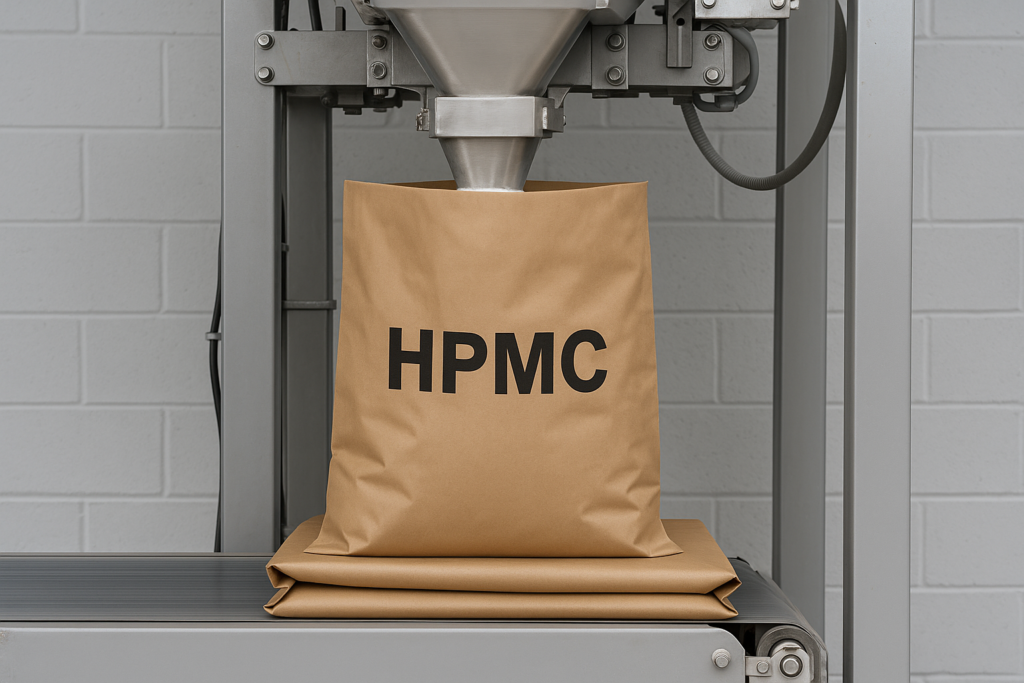
Protection at Every Level
The quality of packaging is just as important as the quality of the HPMC itself. Our packaging strategy addresses multiple protection needs to ensure the product arrives in perfect condition regardless of shipping distance or climatic conditions.
The triple-layer packaging system starts with an inner polyethylene bag that creates a moisture barrier directly around the powder. The middle valve bag provides structural support and allows for controlled filling while preventing leakage. The outer woven polypropylene bag delivers exceptional tear resistance and protection during handling and transportation.
For overseas shipments, we add extra protection measures. Pallets are stretch-wrapped and corner-protected to prevent damage during loading and unloading. For particularly humid destinations, we can include desiccant packets to provide additional moisture protection during transit.
| Packaging Feature | Protection Provided | Customer Benefit |
|---|---|---|
| Triple-Layer System | Moisture, mechanical damage | Product arrives in perfect condition |
| Precise Weight Control | ±0.2kg tolerance | Accurate inventory management |
| Customizable Options | Various sizes, custom printing | Meets specific business needs |
| Palletized Configurations | Transit damage protection | Easier warehouse handling |
We recently helped a distributor in Vietnam who was experiencing clumping issues with their previous supplier's HPMC. Our superior packaging eliminated the moisture penetration that was causing the problem, reducing their material waste by nearly 8%.
Uses of Hydroxypropyl Methyl Cellulose: Top 4 Uses: How Versatile Is This Additive?
Limiting HPMC to a single application misses business opportunities. Underestimating its versatility prevents product line expansion, while overlooking emerging applications means falling behind competitors in growing markets.
HPMC serves four primary uses: 1) In construction as a water-retention agent and workability enhancer for mortars, renders, and tile adhesives; 2) In paints as a thickener and anti-sagging agent; 3) In ceramics as a binder and green strength promoter; 4) In pharmaceutical/food industries as a controlled-release agent and stabilizer.
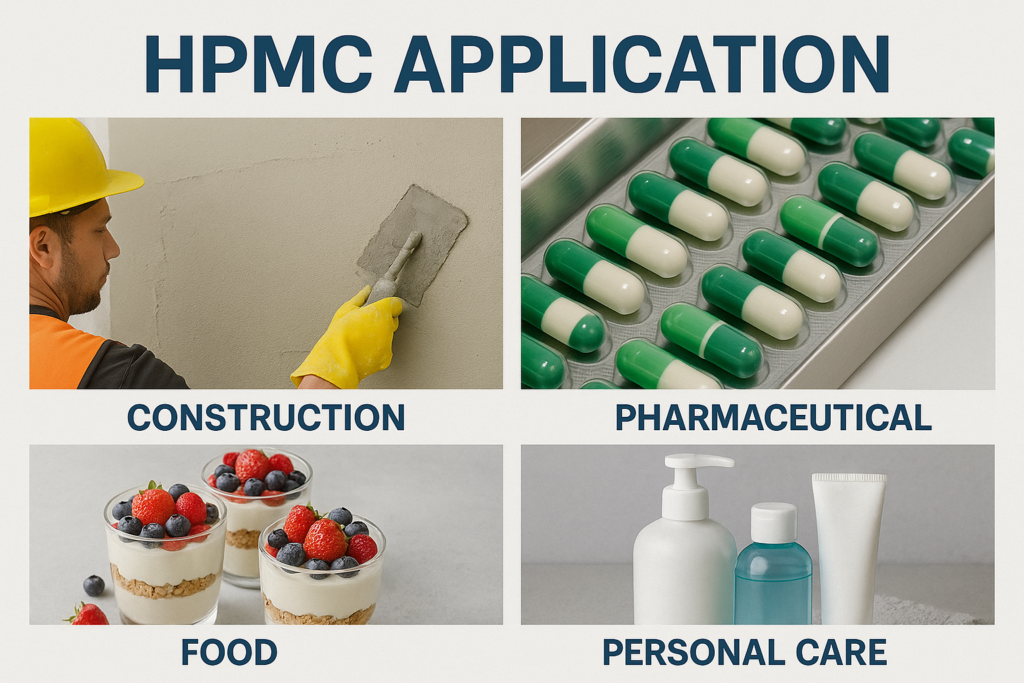
Diverse Applications Across Multiple Industries
The versatility of hydroxypropyl methylcellulose makes it an extraordinarily valuable additive across numerous industries. Understanding these applications can open new business opportunities and provide insights into how this remarkable polymer functions.
In construction applications, HPMC transforms ordinary materials into high-performance products. For tile adhesives, it extends open time while improving vertical slip resistance – seemingly contradictory properties that are achieved through carefully controlled polymer structure. In renders and plasters, the water retention properties enable proper cement hydration even in challenging conditions, while simultaneously improving workability and reducing labor costs.
The paint industry utilizes HPMC for its thickening and stabilizing properties. Our HPMC creates a three-dimensional network in water-based paints that provides ideal rheological properties – the paint flows well during application but resists dripping and sagging once applied. It also prevents pigment separation during storage, extending shelf life.
| Industry | Primary Uses | Performance Benefits |
|---|---|---|
| Construction | Mortars, renders, tile adhesives | Water retention, workability, adhesion |
| Paint | Water-based paints, primers | Thickening, anti-sagging, stability |
| Ceramics | Extrusion, casting slips | Green strength, plasticity, smooth surface |
| Pharmaceutical | Tablet coatings, matrices | Controlled release, film formation |
Emerging applications include 3D printing materials, where our HPMC provides critical rheological control – allowing the material to flow through the printer nozzle but set quickly after extrusion. A customer in Singapore is using our specialized grade to develop advanced 3D-printable construction materials that could revolutionize certain aspects of the building industry.
Hydroxypropyl Methylcellulose Supplier with Good Reputation: Why Is Supplier Reliability Critical?
Unreliable suppliers cause production interruptions. Inconsistent quality creates product failures, while poor communication leads to costly misunderstandings about specifications and delivery times.
As a reputable HPMC supplier with 15+ years of experience, we maintain ISO 9001 certification6, offer consistent quality across batches, provide technical support7 from formulation to production, maintain transparent communication, and have earned a 98% customer retention rate with clients across 30+ countries.
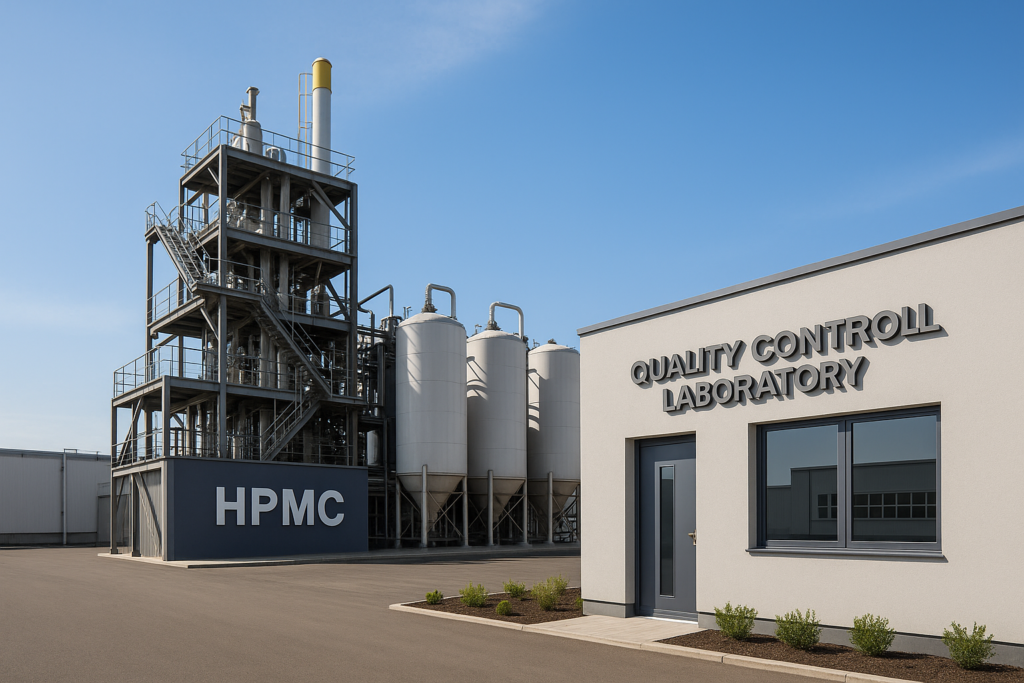
Building Trust Through Reliability
Our reputation has been built through consistent delivery of both quality products and exceptional service. When you partner with us,
Building Trust Through Reliability
Our reputation has been built through consistent delivery of both quality products and exceptional service. When you partner with us, you gain access to an organization committed to your success across every aspect of the supply relationship.
Quality consistency is our foundation. We've implemented rigorous quality control systems that monitor every production batch. Our laboratory technicians perform viscosity testing, particle size analysis, dissolution rate measurement, and application performance checks on each production lot. These results are documented and available to customers, creating complete traceability from raw material to finished product.
Technical support extends well beyond basic product questions. Our team includes chemical engineers and application specialists with deep industry knowledge who can assist with formulation optimization. When a customer in Mexico was experiencing setting issues with their self-leveling compound, our technical team worked remotely to adjust their formula, solving the problem without costly production delays.
| Reputation Factor | Our Commitment | Your Benefit |
|---|---|---|
| Quality Control | ISO 9001 certified processes | Consistent product performance |
| Customer Retention | 98% customer retention rate | Proven satisfaction from peers |
| Technical Support | Expert application assistance | Solutions to technical challenges |
| Communication | Responsive, transparent dialogue | No surprises or misunderstandings |
Our long-term relationships demonstrate our reliability. A major distributor in Pakistan has partnered with us for over 12 years, gradually increasing order volumes as their trust in our consistency deepened. This type of enduring relationship is common among our customer base and reflects our commitment to being a true partner rather than just a supplier.
Hydroxypropyl Methylcellulose Manufacturing and Supply: How Do We Ensure Quality?
Poor manufacturing creates inconsistent HPMC batches. Inadequate quality control leads to performance failures in your products, while outdated equipment produces substandard materials that damage your reputation.
We manufacture HPMC using advanced production lines with precise process control. Our manufacturing ensures consistent viscosity (±5% tolerance), particle size uniformity, and reliable performance. Every batch undergoes 15+ quality tests, including viscosity, substitution level, moisture content, and application performance testing8.
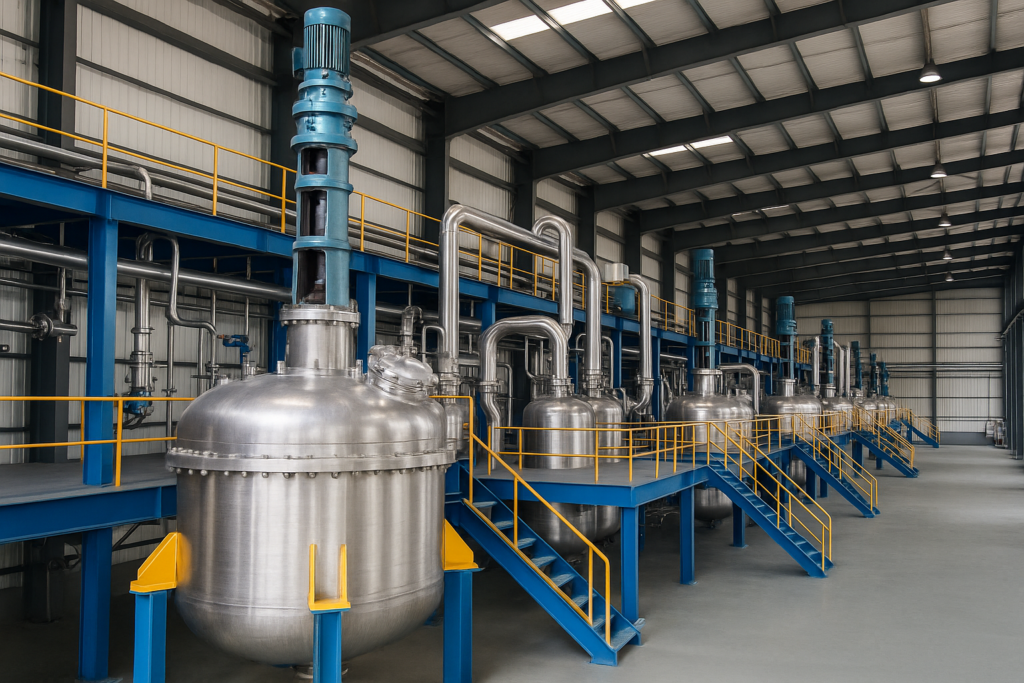
Manufacturing Excellence from Raw Material to Finished Product
Our manufacturing capabilities represent significant investment in both equipment and expertise. With six production lines operating continuously, we produce over 10,000 tons of hydroxypropyl methylcellulose annually, making us one of China's leading manufacturers.
The production process begins with careful raw material selection. We source high-quality cellulose from sustainable suppliers and utilize pharmaceutical-grade propylene oxide and methyl chloride in the modification process. These premium starting materials ensure consistent substitution levels – a critical factor in HPMC performance.
Our reaction vessels feature computer-controlled temperature and pressure monitoring to maintain precise conditions throughout the modification process. This control is essential for achieving the targeted degree of substitution that determines the product's final properties. After the initial reaction, the product undergoes multiple purification steps to remove byproducts and unreacted materials.
| Manufacturing Feature | Technical Implementation | Quality Impact |
|---|---|---|
| Process Control | Automated monitoring systems | Consistent substitution level |
| Multiple Purification | Sequential cleaning processes | Higher purity, stable performance |
| Quality Testing | In-process and final testing | Verification of specifications |
| Production Capacity | Six dedicated lines | Reliable supply availability |
The final quality control process is particularly rigorous. Beyond standard tests for viscosity and moisture content, we perform application-specific testing that simulates real-world use. For construction grades, this includes water retention testing, open time measurement, and adhesion strength evaluation. These practical tests ensure that theoretical specifications translate to actual performance in your products.
Dealing with Large Volume Orders: Can We Meet Your Production Demands?
Production delays cause missed market opportunities. Limited capacity leads to order rationing, while poor planning results in inventory shortages that disrupt your manufacturing schedules.
We handle large volume orders through our 10,000+ tons annual production capacity across six production lines. Our warehouse maintains 500+ tons of ready stock for immediate shipment, while our raw material inventory ensures uninterrupted production. For scheduled large orders, we offer production reservation and just-in-time delivery options.
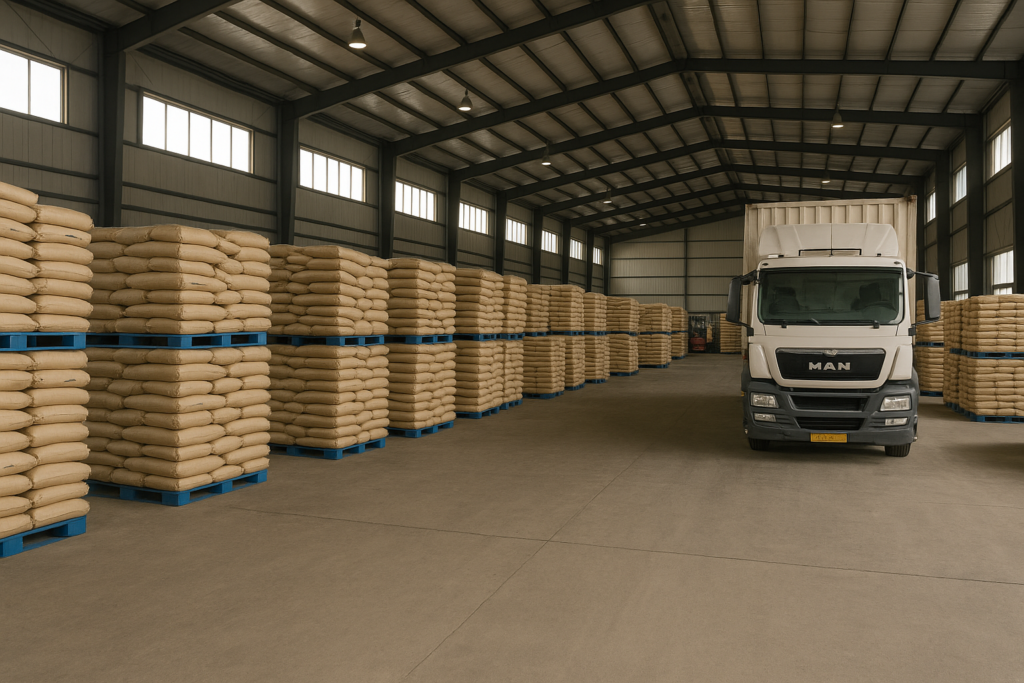
Scaled for Your Growing Needs
Our production infrastructure is designed specifically to handle large-volume requirements while maintaining flexibility for customers of all sizes. The six parallel production lines operate independently, allowing us to dedicate specific lines to particular products when necessary for large orders.
Strategic inventory management forms the core of our supply reliability. We maintain substantial finished product inventory across our most popular specifications, allowing us to respond quickly to urgent orders. For specialized grades, we keep semi-finished material that can be quickly processed to final specifications, significantly reducing lead times.
For customers with predictable consumption patterns, we offer scheduled production programs. These agreements reserve production capacity at planned intervals, ensuring availability while reducing inventory costs for both parties. A major mortar manufacturer in the UAE has implemented this system with us, receiving monthly shipments timed perfectly with their production schedule.
| Large Order Capability | Implementation | Customer Benefit |
|---|---|---|
| Production Reservation | Dedicated capacity booking | Guaranteed availability |
| Ready Stock | 500+ tons warehouse inventory | Fast response to urgent needs |
| Raw Material Security | Long-term supplier contracts | Protection from supply disruptions |
| Flexible Production | Multiple parallel lines | Adaptability to changing needs |
Our logistics team coordinates closely with production planning to ensure smooth fulfillment of large orders. When a customer in Brazil needed 80 tons delivered in a compressed timeframe, our team arranged production across multiple lines and coordinated specialized container loading to meet their deadline without compromising quality.
Flexible Payment and Sufficient HPMC Supply: How Do We Make Purchasing Easier?
Rigid payment terms strain your cash flow. Supply chain uncertainty creates production anxiety, while market fluctuations make budget planning difficult.
We offer flexible payment options including L/C, T/T, Western Union, and credit terms for established customers. Our sufficient supply is ensured through 10,000+ ton production capacity, strategic raw material reserves, and transparent communication about market conditions and production timelines, eliminating supply chain uncertainty.
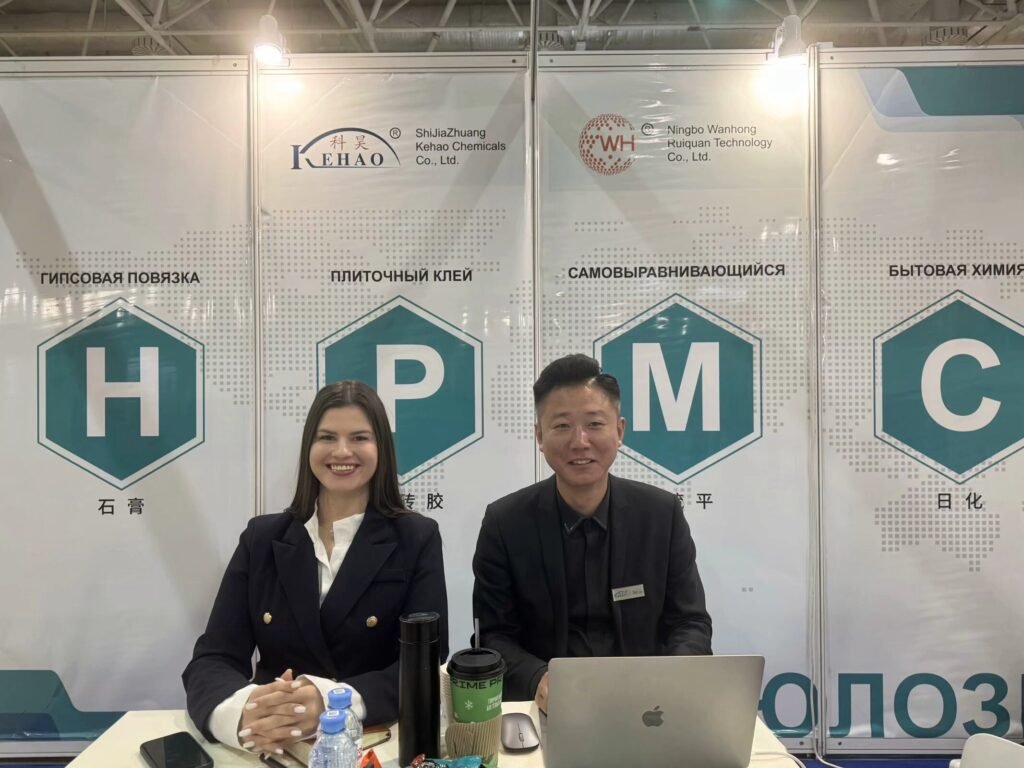
Financial Flexibility Meets Supply Security
We understand that flexible payment options are essential in today's global business environment. Our finance team works with customers to create payment arrangements that align with their business models and cash flow needs.
For new customers, we typically work with Letter of Credit (L/C) or Telegraphic Transfer (T/T) with a standard 30% deposit and 70% balance before shipment. As relationships develop, we can adjust these terms to better suit your needs. Many established customers enjoy more favorable terms, including extended payment windows or reduced deposit requirements based on their reliable payment history.
Supply security starts with production capacity but extends to comprehensive supply chain management. We maintain relationships with multiple raw material suppliers, eliminating single-source vulnerabilities. Our procurement team continuously monitors market condition
-
Explore this link to find reliable suppliers of HPMC that can meet your quality standards. ↩ ↩ ↩ ↩
-
Discover effective practices for maximizing the performance of tile adhesives in construction. ↩
-
Learn about the benefits and applications of self-leveling compounds in construction projects. ↩
-
Understand how hydroxypropyl content influences the properties of hydroxypropyl methylcellulose. ↩
-
Find out how to obtain free samples to test HPMC compatibility with your formulations. ↩
-
Learn about the importance of ISO 9001 certification in ensuring consistent quality and reliability in manufacturing. ↩
-
Discover how expert technical support can optimize product formulations and solve complex challenges. ↩
-
Learn about the importance of application performance testing in ensuring product effectiveness. ↩
